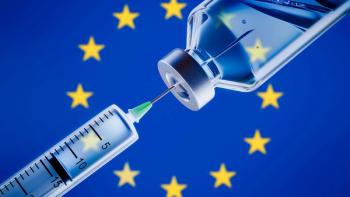
FDA Issues Final Guidance on Limiting the Use of Certain Phthalates as Excipients
The agency recommends to avoid the use of to dibutyl phthalate and di(2-ethylhexyl) phthalate in CDER-regulated drug and biologic products, including prescription and nonprescription products.
FDA issued earlier this month final guidance,
The recommendations in the guidance do not address the use of DBP or DEHP in other types of FDA-regulated products or exposure to DBP or DEHP due to the presence of any of these compounds as an impurity, including as a result of leaching from packaging materials and delivery systems. Phthalates are found in certain pharmaceutical formulations, primarily as a plasticizer in enteric-coatings of solid oral drug products to maintain flexibility, but they also may be used for different functions in other dosage forms.
In its guidance, FDA notes that phthalates have been studied extensively in animals, and some phthalates have demonstrated no appreciable toxicity. Certain phthalates, however, have been shown to be developmental and reproductive toxicants in laboratory animals. These phthalates are endocrine-disrupting chemicals in animals and may interfere with the production, secretion, transportation, metabolism, receptor binding, mediation of effects, and excretion of natural hormones that regulate developmental processes and support endocrine homeostasis in the organism. These same phthalates are suspected of being endocrine-disrupting in humans, and effects would depend on the systemic exposure. DBP and DEHP have been shown to be developmental and reproductive toxicants in laboratory animals. While the data in humans are less clear, epidemiological studies suggest that certain phthalates may affect reproductive and developmental outcomes. Other studies have confirmed the presence of DBP and DEHP in amniotic fluid, breast milk, urine, and serum.
Newsletter
Get the essential updates shaping the future of pharma manufacturing and compliance—subscribe today to Pharmaceutical Technology and never miss a breakthrough.




